Use of 4IR Technologies in Water and Sanitation in Latin America and the Caribbean
Use of Fourth Industrial Revolution Technologies in Water and Sanitation
Source : https://www.iadb.org/en
Author : Dr. Mirjana Stankovic
Dr. Ali Hasanbeigi
Mr. Nikola Neftenov
Technical Editors: Marcello Basani
Anamaría Núñez
Raphaëlle Ortiz
The United Nations’ Sustainable Development Goal 6 (SDG 6) aims to ensure the availability and management of water and sanitation for all, including an end to open defecation, by 2030.1 Lack of access to clean water and proper sanitation affect all aspects of human life across the globe, having the largest negative effects on least developed countries and marginalized communities. About 36% of the global population live in water-scarce regions, with more
than two billion people having no other choice but to consume contaminated water. Water pollution is the greatest culprit in ecosystem destruction, leading to biodiversity loss with often irreversible consequences. Water scarcity is expected to displace 700 million people by 2030, while desertification will put the livelihood of one billion people living in 100 countries across the world at risk by 2050.2 Despite these risks, our society has very few incentives to consume less water, maintain water quality, or allocate funding and resources to ecosystems
or social objectives.3 In order to fulfill the objectives of the SDG 6, the High Level Panel on Water called for a “fundamental shift in the way the world looks at and manages water”, noting that a 40% shortfall in water availability by 2030 could be expected if no action is taken.4 An urgent need to develop innovative approaches to solve global water scarcity and quality issues has arisen, as traditional financing solutions and technologies have proven to be insufficient in addressing these challenges.
Only logged in customers who have purchased this product may leave a review.




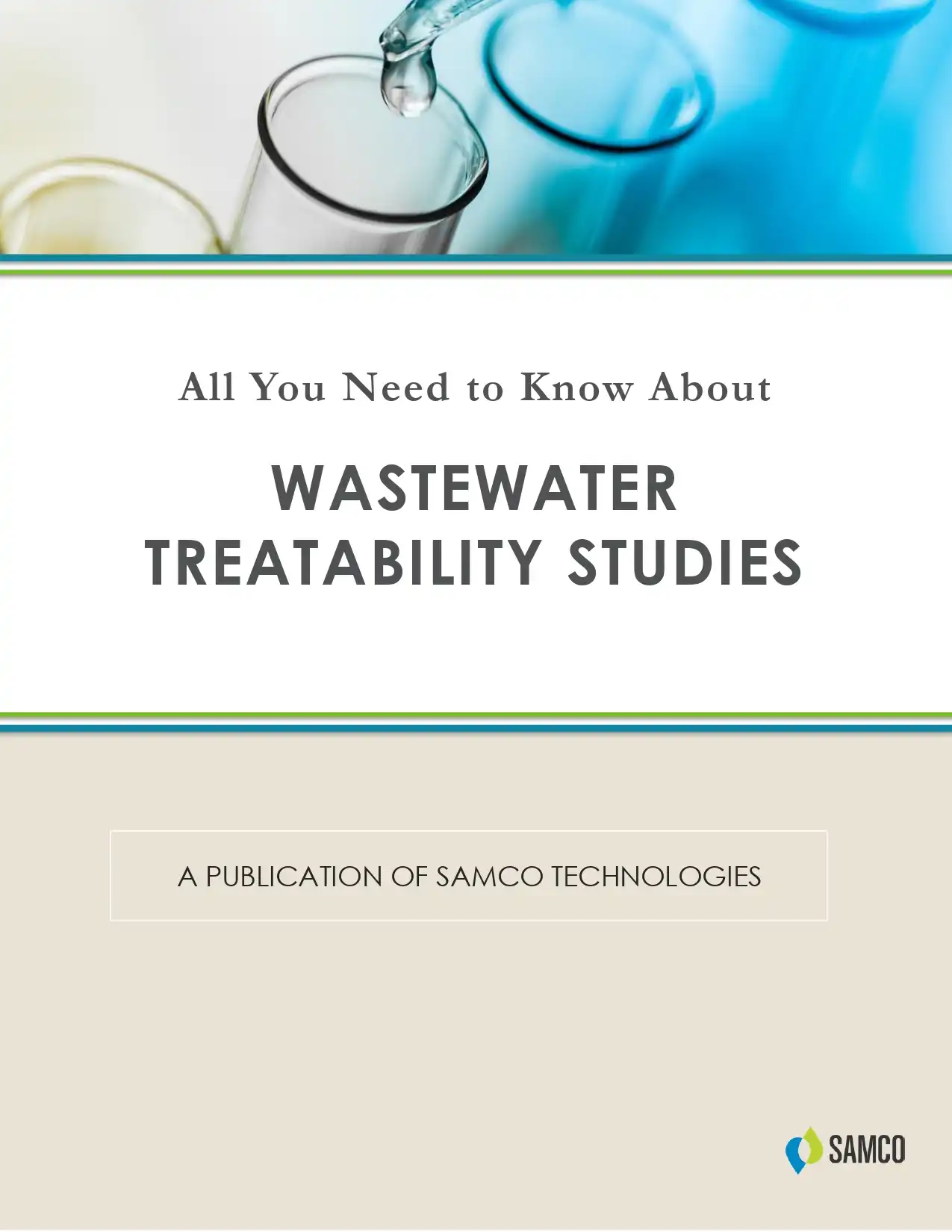
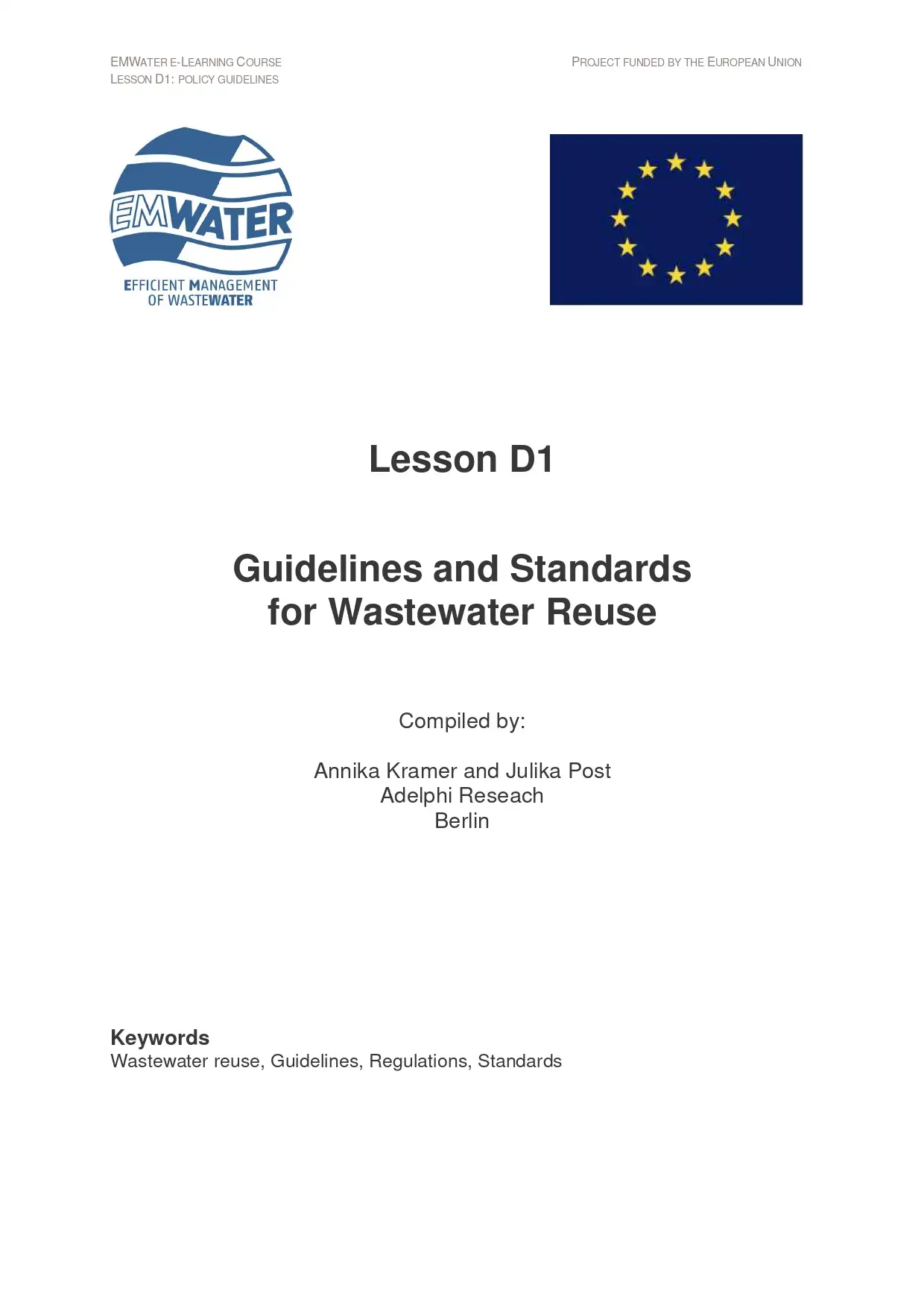
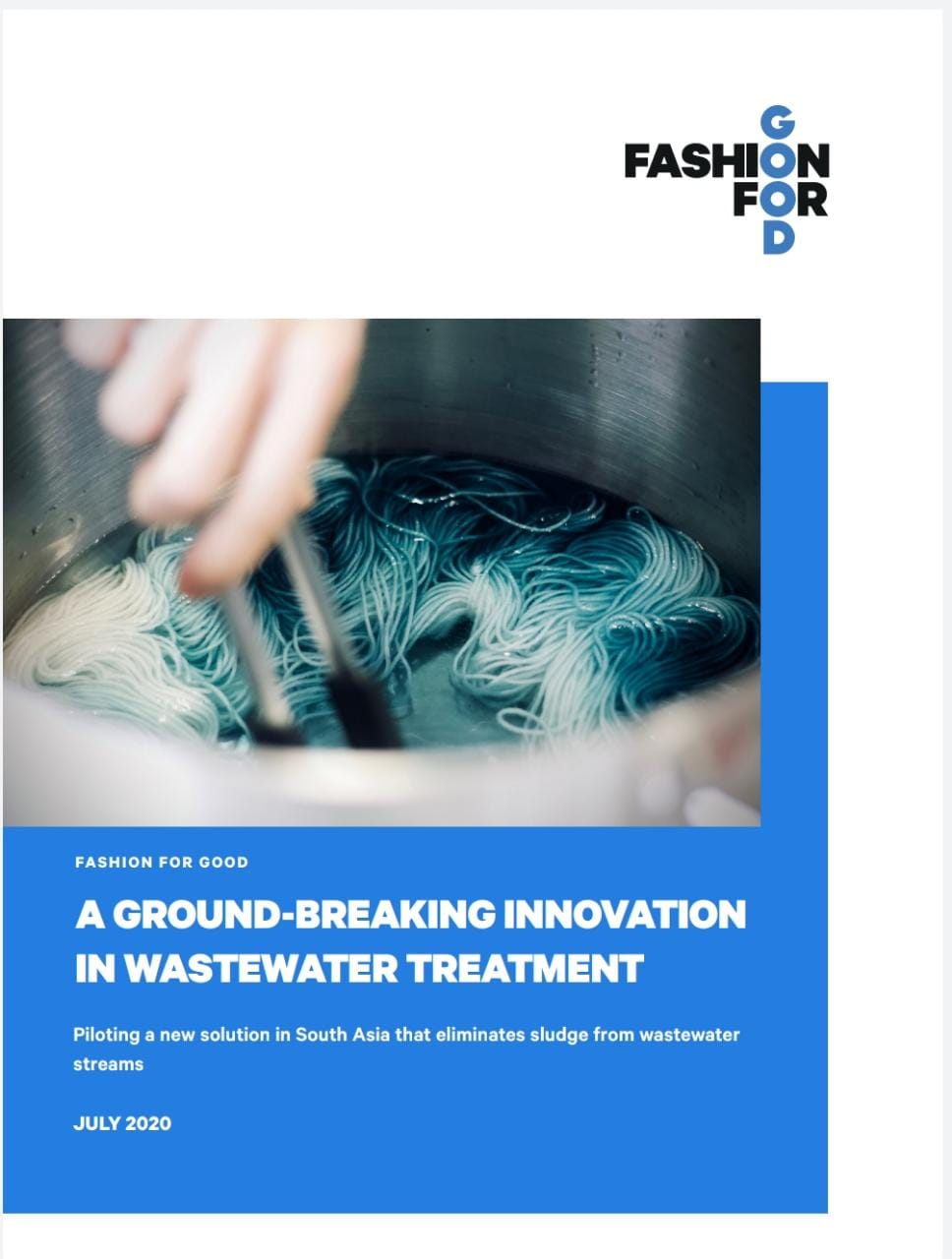
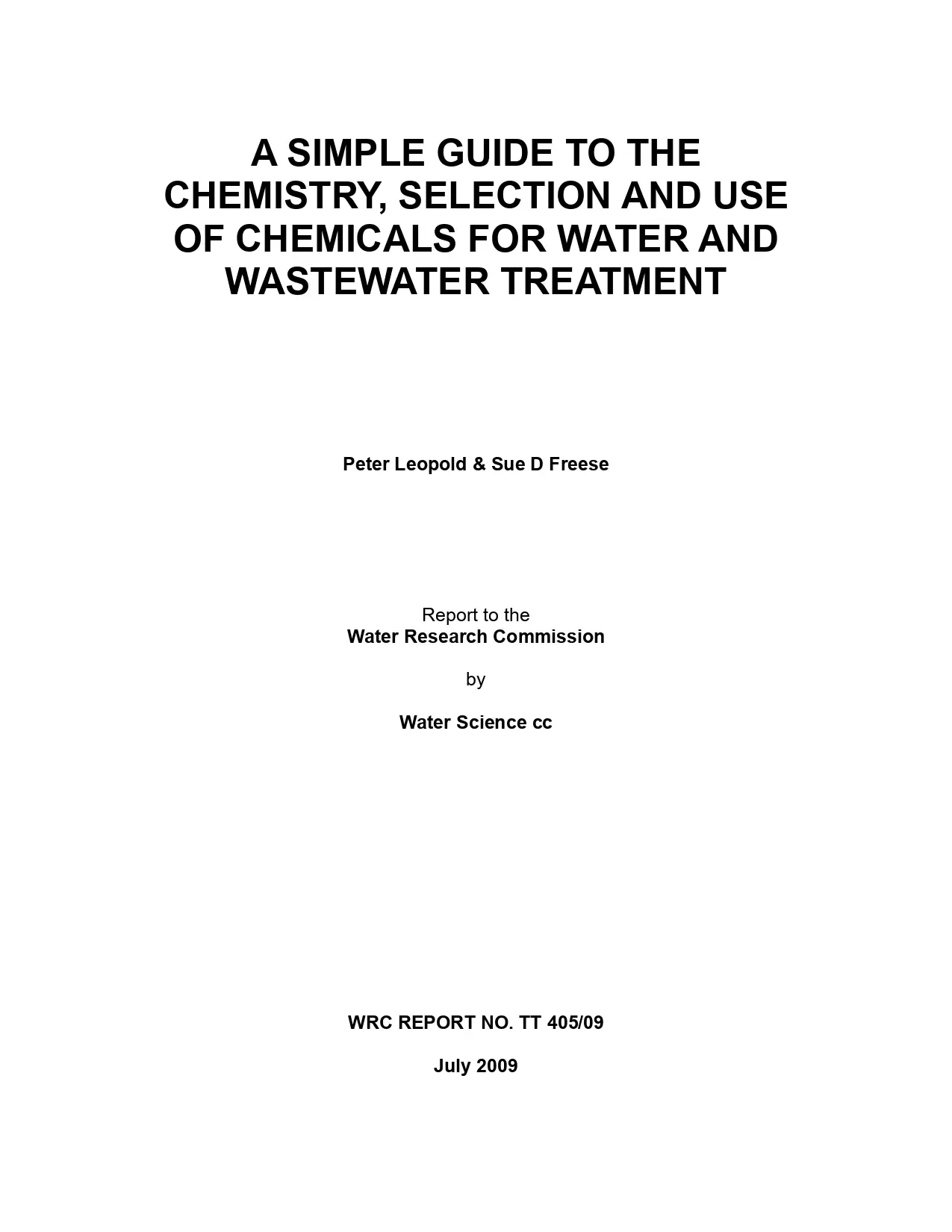
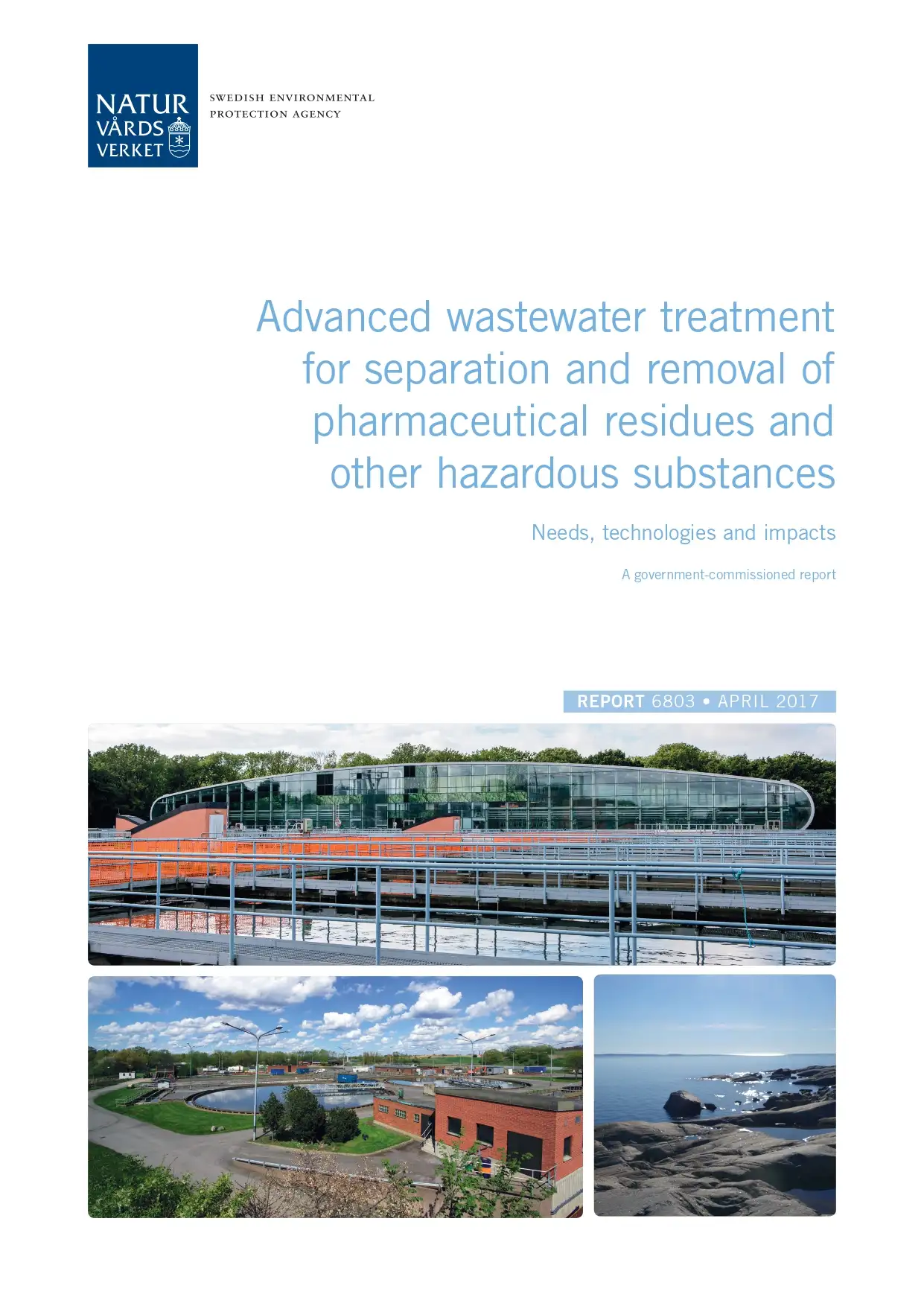
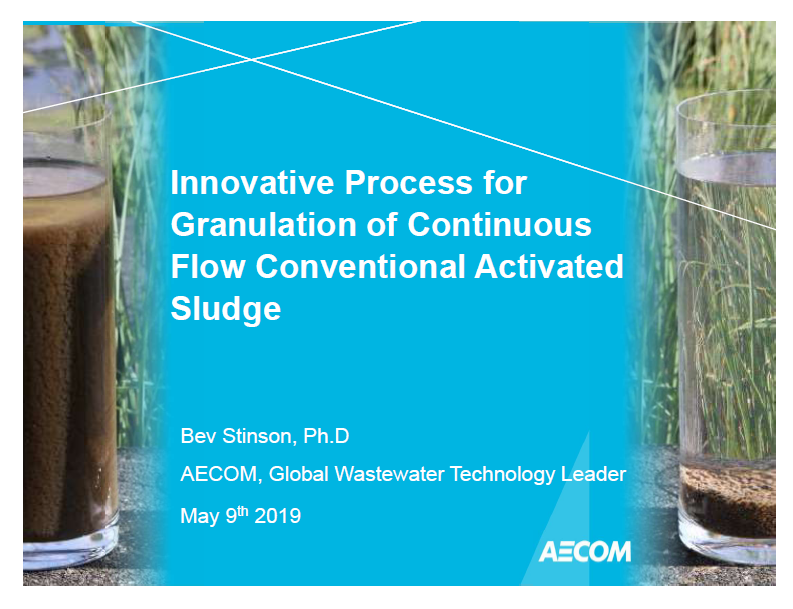
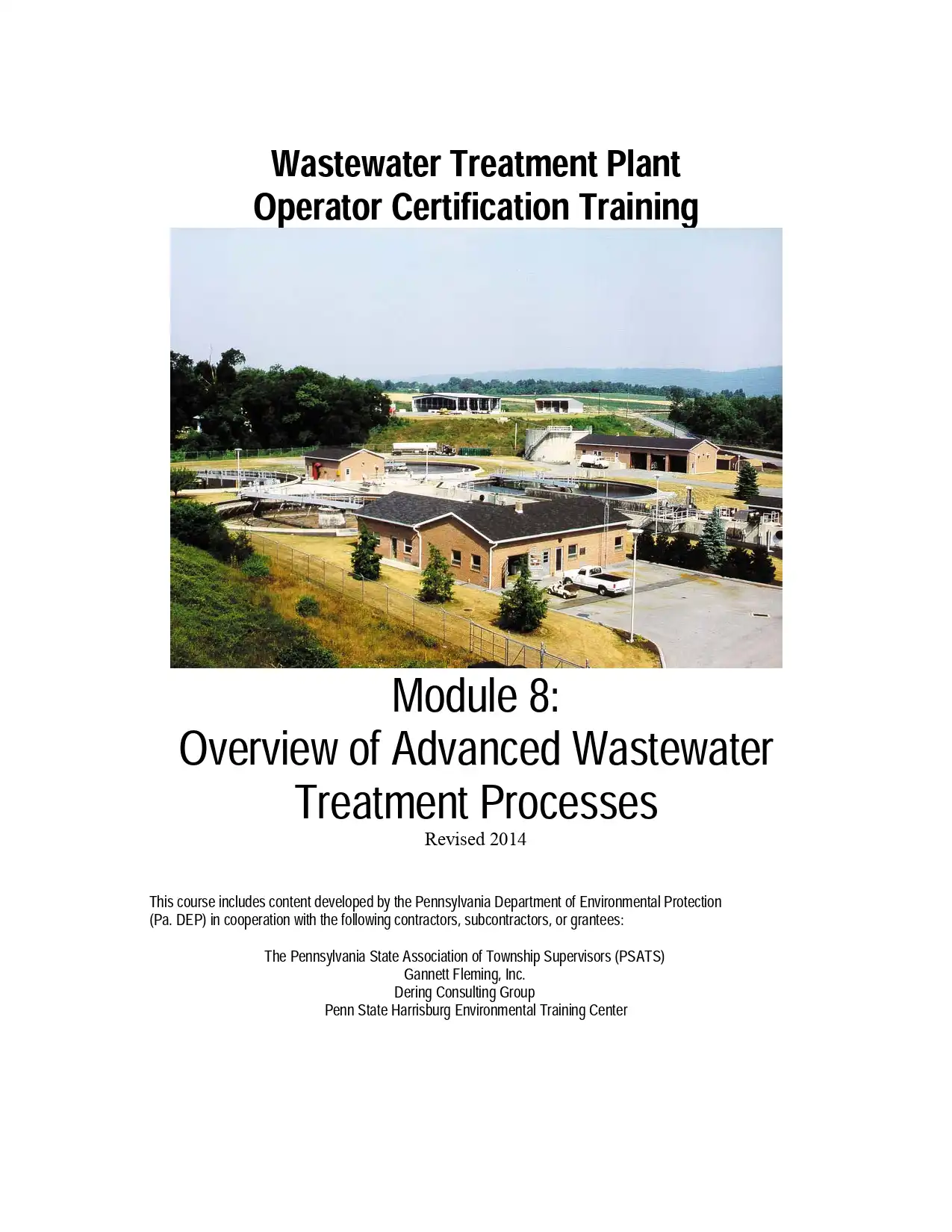
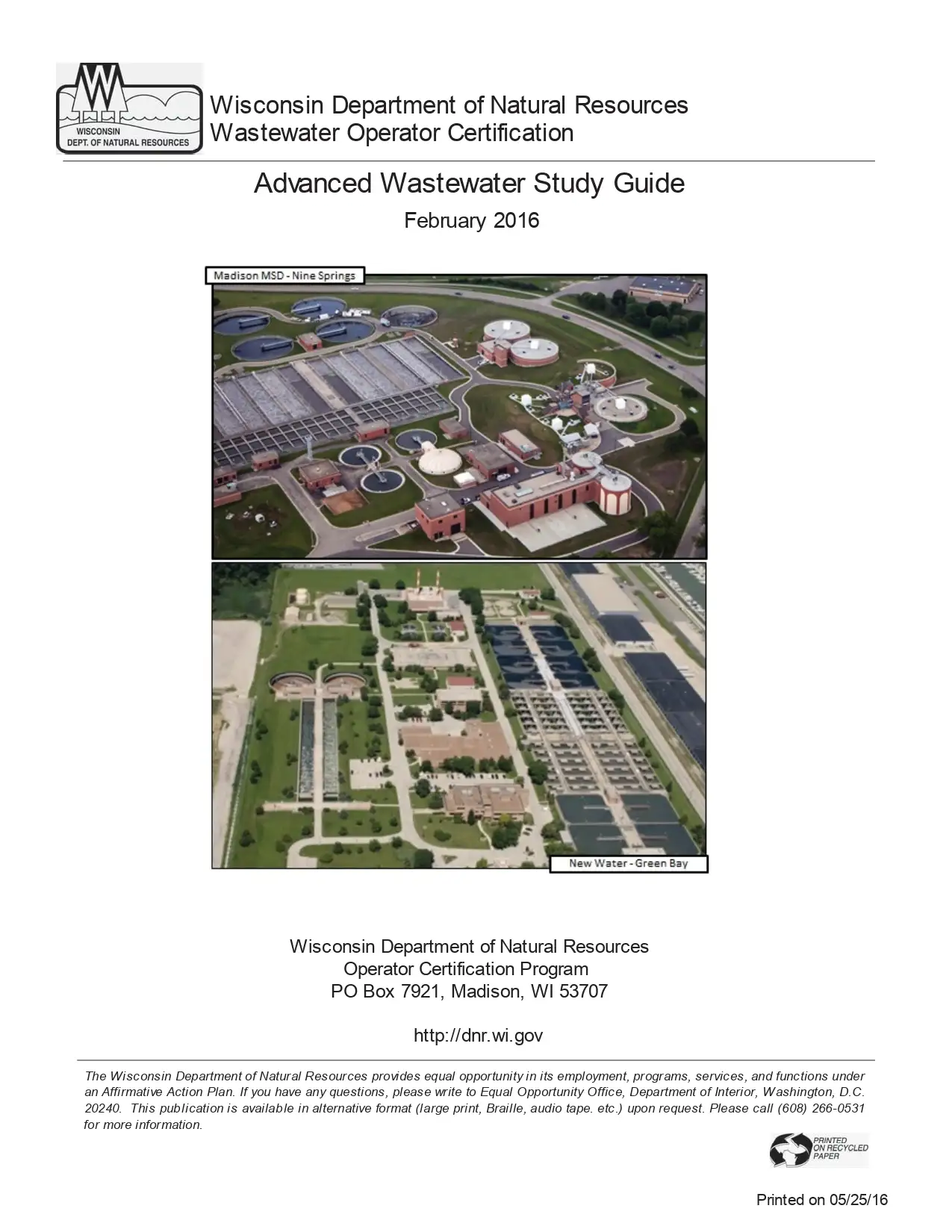
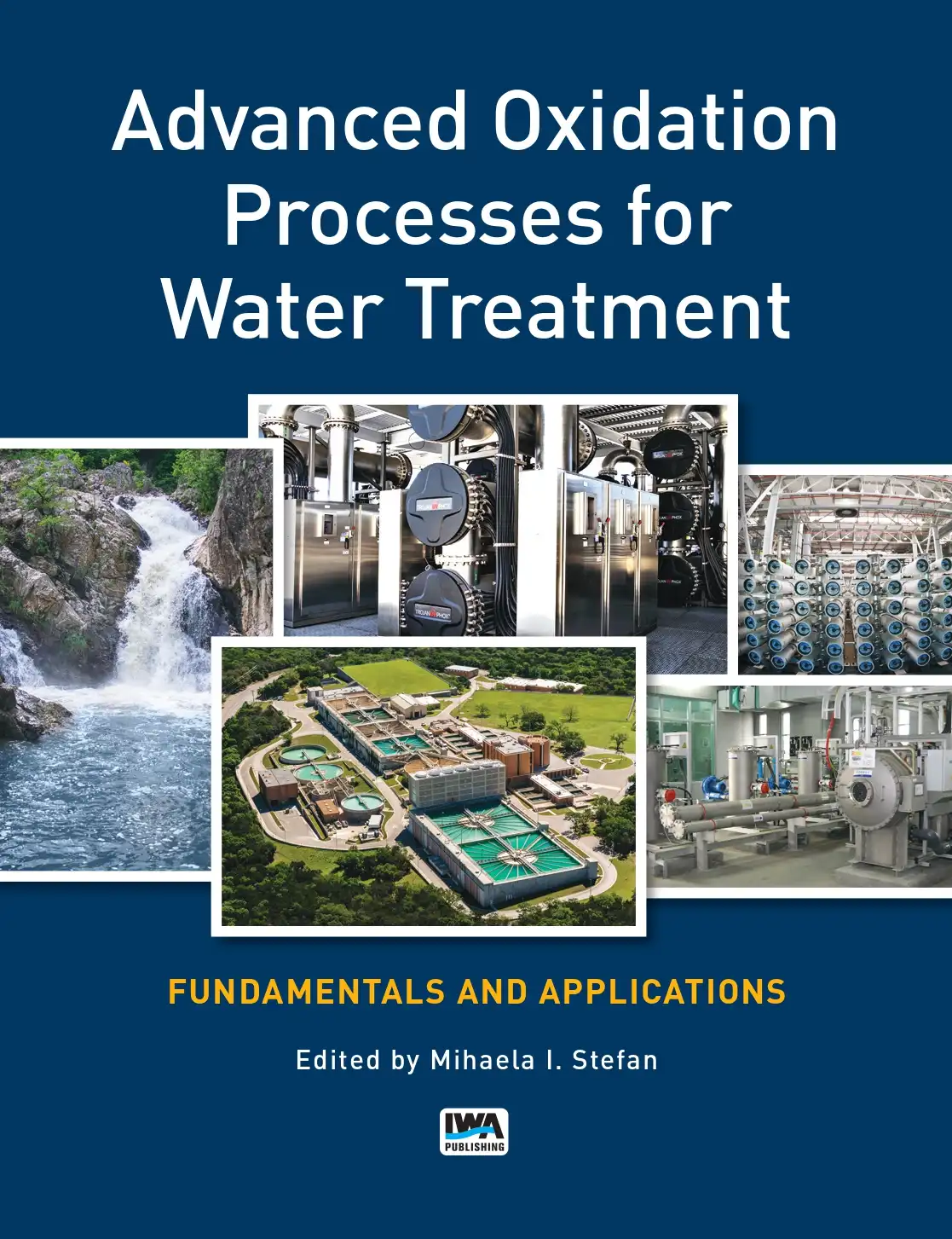
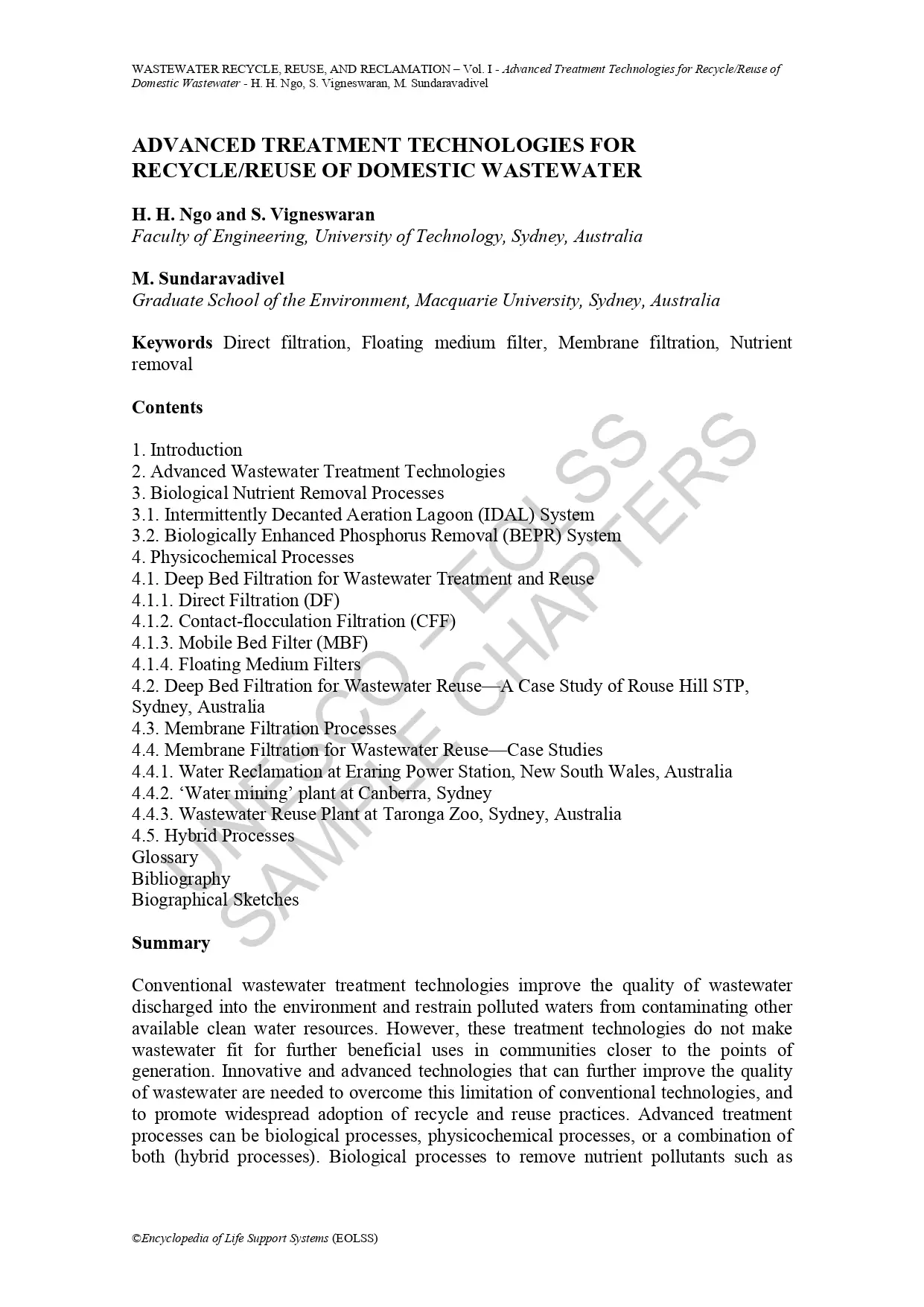

Reviews
There are no reviews yet.